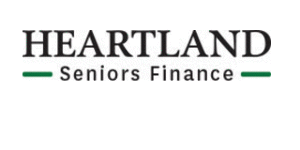
An ageing demographic in New Zealand is contributing to a rise in equity release products, according to Jeff Greenslade, the chief executive of Heartland Bank, after the lender noted a sharp rise in reverse mortgages in the six months to December.
Greenslade, speaking after Heartland’s half year update to the NZX, said retirement-age customers were increasingly turning to reverse mortgages to boost income, amid a growing awareness of the products: “The growth we’re getting is demographically driven. It is the ageing population, with most of their wealth tied up in the house and cashflow poor. Reverse mortgages are the ideal means for managing their retirement.”
Heartland said net operating income from reverse mortgages grew by $3.7m to $18m in the six months to December, up 26% from the same period in 2016. Heartland said much of the growth came from Australia, but net receivables in New Zealand reverse mortgages grew by $24.3m to $429.6m over the six month period.
It comes as Heartland booked a post-tax profit of $31.3m in the half year, an increase of 7% on the same period in 2016. The lender recorded a 10.8% return on earnings, slightly down from 11.6% in the same period in 2016.
Greenslade said Heartland wanted to increase the amount of business it received from brokers, and hoped the New Zealand market would eventually emulate the Australian broking sector: “Distribution in the Australian market is dominated by brokers and we’d love for New Zealand to pick up on that too. We’re keen to engage with brokers, and there’s some education we need to be doing. That’s the focus of the team currently.”
In the six months to December, Heartland’s “Open for Business” online commercial lending platform rose by 45%. Greenslade said Heartland had yet to gain similar traction with its online floating rate mortgage offering for residential customers: “At the moment floating rate is not a popular product, its time has not come. When there’s more demand for floating rate mortgages, we will give it a push.”
Heartland is set to launch a mobile app for depositors in the middle of the year, marking the first part of its “end-to-end” automated online deposit programme. The bank said the app was a continuation of its strategy to use technology and partnerships with intermediaries to win customers.



